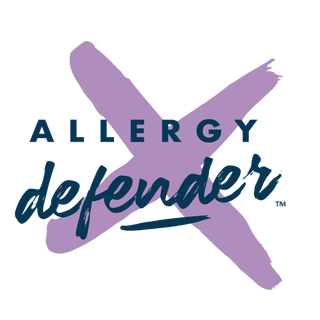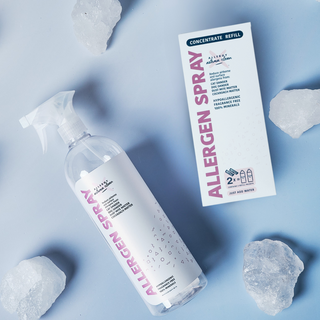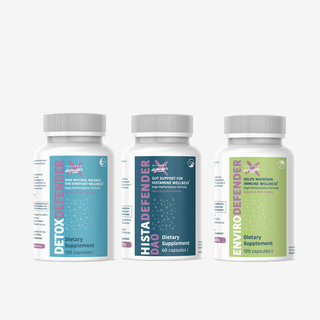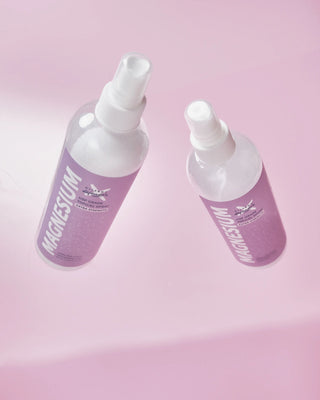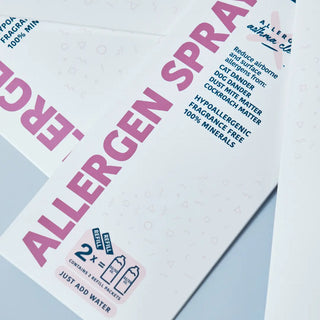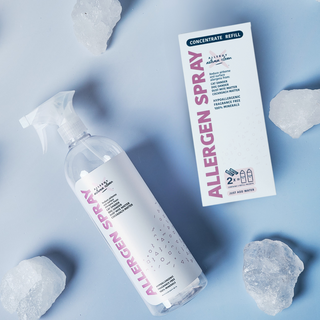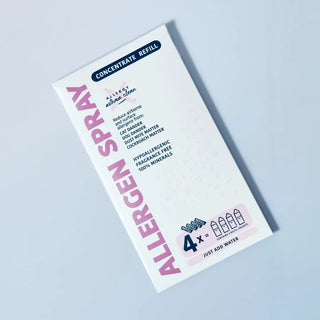

The Complete
Allergy Relief Starter Guide
The Multicomponent Approach
Living with allergies doesn’t have to mean living in discomfort. From allergen-proof bedding and air purifiers to supplements and nasal care, a strategic, multi-step approach can dramatically improve how you feel day to day. Understanding your personal allergy triggers—whether it’s pollen, pet dander, or dust mites—empowers you to take targeted action. Pairing lifestyle changes with proven tools like Allergy Asthma Clean Allergen Spray by Allergy Defender, which neutralizes allergens both in the air and on surfaces, can help you reclaim your space and breathe easier with natural allergy relief that lasts.
Key Takeaways
- Allergies are immune responses triggered by everyday particles like dust mites, pet dander, pollen, and mold spores—understanding your unique triggers is the first step to effective relief.
- Allergen-proof bedding provides an essential barrier against dust mites and pet dander, especially when using tightly woven fabrics and zippered encasements for pillows and mattresses.
- Air purifiers with HEPA filters remove airborne particles like pollen and pet dander but can’t neutralize allergens on surfaces—pair them with an allergen spray for full coverage.
- Allergy Asthma Clean Allergen Spray by Allergy Defender is lab-verified to reduce up to 99% of allergens on surfaces and 95% in the air, offering an affordable, family- and pet-friendly option for year-round indoor allergy control.
- Natural supplements like quercetin, vitamin C, omega-3s, and probiotics may support immune balance and inflammation reduction when paired with good air quality and allergen control.
- Nasal irrigation and HEPA vacuums help flush allergens and capture microscopic particles, completing a whole-home strategy for allergy prevention and cleaner breathing.
Grappling with allergies
From creating allergen-free sleep havens to incorporating nutritional supplements, air purifiers, and more, this guide seeks to empower allergy sufferers with a curated toolkit for a life less interrupted by allergic reactions.

Definition of Allergies
Allergies, a common immune system response, occur when the body reacts to substances perceived as harmful, known as allergens. These allergens can vary widely and may include pollen, dust mites, pet dander, mold spores, and certain foods. The immune system, in its attempt to defend the body, releases chemicals like histamines, leading to allergic symptoms such as sneezing, itching, congestion, and more. Understanding the basics of allergic reactions sets the foundation for effective allergy management.
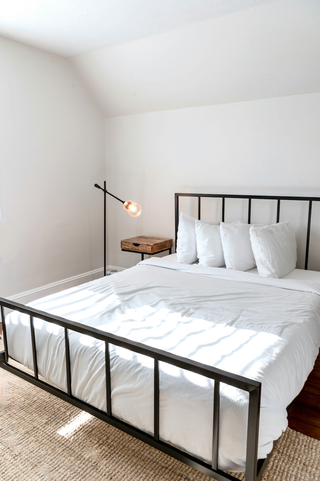
Mattress covers and bedding options
Allergen-proof bedding stands as a sophisticated solution in the quest for a sleep environment free from common allergens. The effectiveness of these bedding products lies in their advanced construction and materials, offering a multi-layered defense against dust mites and more.
Types of mattress covers and bedding
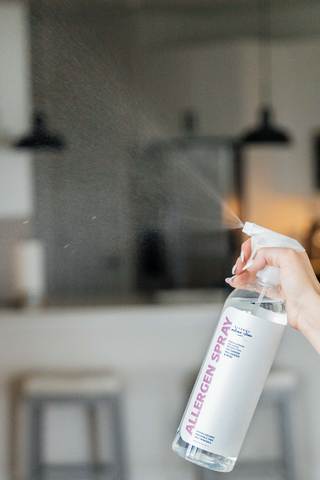
Allergen Spray
Allergen Spray is an alternative solution to reduce airborne and surface allergens. This spray works by surrounding, dropping, and dehydrating the allergens rendering them inactive, all without harsh chemicals. Backed by world-leading science, Allergen Spray is designed to be integrated into your everyday routine for a healthier and happier life indoors.
A New Approach to Allergy Care
Effective at Reducing Allergens: Lab-verified Allergen Spray reduces allergens in the air and on surfaces, making it a good option for those with allergies and allergic asthma.
Affordable: Allergen Spray is low-cost and readily available, making it an accessible option for many.
No pills or medication: Allergen Sprays don't require taking any medications, so you don't have to worry about side effects.
Full control: Allergen Spray is the only product on the market that can reduce both airborne and surface allergens; achieving air and surface control is essential to manage indoor allergens effectively.

Role of Supplements in Allergy Relief
Nutritional supplements offer a targeted approach to allergy support by providing essential nutrients that modulate immune responses and reduce inflammation. Certain supplements have demonstrated efficacy in alleviating allergic symptoms and promoting overall immune health. Integrating these supplements into a well-balanced diet can enhance the body's resilience against allergens.
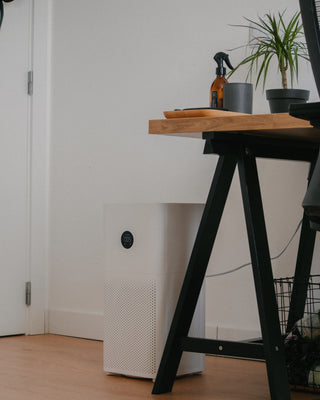
Air Purifiers
Air purifiers stand as one of the ways to get allergy relief by mitigating airborne allergens and enhancing indoor air quality.
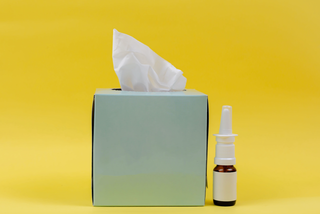
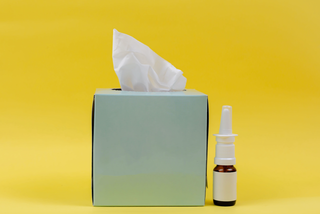
Nasal Irrigation and Allergy-Friendly Products
Nasal irrigation and the use of allergy-friendly products constitute valuable components in the arsenal against allergic reactions. This section explores the benefits of nasal irrigation and introduces a range of products designed to provide relief from allergies while promoting overall nasal health.
Benefits of Nasal Irrigation:
Nasal irrigation, often performed with a saline solution, is a time-tested method for clearing nasal passages and alleviating allergy symptoms. The benefits include:
Removal of Allergens: Nasal irrigation flushes out allergens such as pollen, dust, and irritants, reducing their presence in the nasal passages.
Mucus Reduction: It helps thin mucus and clear nasal congestion, making it easier to breathe and reducing the likelihood of sinus-related discomfort.
Hydration: Nasal irrigation maintains nasal moisture, preventing dryness and irritation associated with allergies.
Allergy-Friendly Products:
Neti Pots: These devices facilitate nasal irrigation by allowing the controlled flow of saline solution through nasal passages, promoting effective cleansing.
Saline Nasal Sprays: Convenient for on-the-go use, saline nasal sprays provide a quick and easy way to hydrate nasal passages and flush out allergens.
Allergy-Friendly Tissues: Hypoallergenic tissues are designed to be gentle on the skin and reduce the risk of irritation during frequent nose blowing.
Nasal Filters: These discreet filters, worn inside the nostrils, act as barriers against airborne allergens, providing an extra layer of protection in allergy-prone environments.
HEPA Vacuum Filters: HEPA (High-Efficiency Particulate Air) vacuum filters are indispensable components in the pursuit of a clean and allergen-free living space. These filters are specifically designed to capture microscopic particles, including dust mites, pet dander, pollen, and mold spores, that conventional vacuum filters might miss. The effectiveness of HEPA vacuum filters lies in their ability to trap particles as small as 0.3 microns with a high level of efficiency. By incorporating HEPA filters into vacuum cleaners, individuals can significantly reduce the presence of allergens in carpets, upholstery, and other surfaces, creating an environment that is not only visibly cleaner but also healthier for allergy sufferers.
